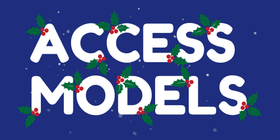Model railways are miniature recreations of real-world trains and tracks, offering an engaging blend of creativity and historical appreciation. This guide introduces beginners to the basics of building and enjoying a model railway.
Choosing Your Scale
The scale is the ratio of your model to the real train. Key scales include:
- OO Gauge (1:76): Popular in the UK, perfect for detailed layouts.
- N Gauge (1:148): Great for smaller spaces.
- HO Gauge (1:87): Widely used in the USA and Europe, with ample accessories available.
Starting Your Model Railway: Essential Components
- Baseboard: The foundation, can be made of plywood or foam.
- Tracks: Choose quality tracks that fit your chosen scale.
- Trains: Select models that interest you and match your tracks.
- Scenery and Buildings: Enhance your layout with trees, buildings, and figures.
Building Your First Layout
- Designing: Plan based on space, scale, and theme.
- Track Laying: Follow your design to lay tracks.
- Wiring and Testing: Connect tracks to power and test trains.
- Scenery Construction: Add landscapes, buildings, and other features.
Maintenance for Longevity
- Regular Cleaning: Keep tracks and trains dust-free.
- Check-ups: Look for loose parts and wear.
Expanding Your Hobby
- Join Clubs: Connect with local or online model railway communities.
- Learn Advanced Techniques: Explore digital controls, weathering, and custom-building.
Conclusion
Starting in model railways is a journey into a world of detailed craftsmanship and historical exploration. With the right approach and resources, it's a hobby that can provide immense satisfaction and a sense of accomplishment.

